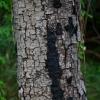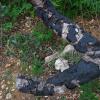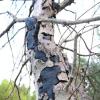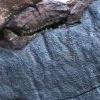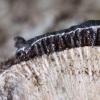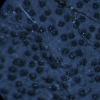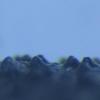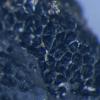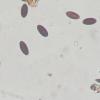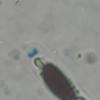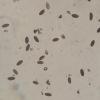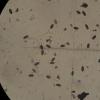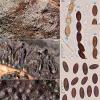
16-11-2025 21:09
 Robin Isaksson
Robin Isaksson
Anyone recognize this acc. to pictures.? Found on

17-11-2025 21:46
Philippe PELLICIERBonjour,Récolté sur bois pourrissant de feuillu

17-11-2025 21:57
Philippe PELLICIERBonjour,Récolté sur bois de feuillu mort dur, no

17-11-2025 19:14
herman lambertApothécie discoïde 0.6 cm diam., orangeFace hym�

14-11-2025 16:26
 Marian Jagers
Marian Jagers
Hello everyone, On dead wood of Cytisus scoparius

15-11-2025 23:22
Mario FilippaHello,this is what I think to be Hymenoscyphus mac

15-11-2025 20:25
 Riet van Oosten
Riet van Oosten
Hello, Found by Laurens van der Linde, Nov. 2025

14-11-2025 18:31
 Lothar Krieglsteiner
Lothar Krieglsteiner
Hello,can somebody provide me with a file of:Rothe
Biscogniauxia sp.
Zetti Mario,
06-11-2023 22:44
I have not collected a specimen, but I can if revisit and collect, nonetheless the cross section of the stroma reveals some data that might be helpful
So to conclude I assume this is a Biscogniauxia sp. and wonder if from the photos we can determine the species - maybe Biscogniauxia mediterranea ?
Tnx
Enrique Rubio,
07-11-2023 11:37
Re : Biscogniauxia sp.
Hi Mario
More than likely, but it would be better to know what the spores look like or at least to be able to see the typical pyramidal neck of the perithecia.
More than likely, but it would be better to know what the spores look like or at least to be able to see the typical pyramidal neck of the perithecia.
Zetti Mario,
07-11-2023 21:27
Re : Biscogniauxia sp.
Will do and try to determine the tree if possible. Thanks !
Cheers
Cheers
Zetti Mario,
12-11-2023 19:05
Re : Biscogniauxia sp.
Hello, so I have worked a bit more on this carbonaceous fungus.
The host was Quercus ilex
The ostiole is surrounded by a pyramidal projection, like a volcano
The Peritheca a single layer of cylindrical structures, 0.8mm long, 0.2um wide, pentagonal cross-section, sitting on a thin black layer about 50-80um thick
The spores elliptical about 15-19 um long with a longitudinal pale central band.
(14.7) 15.3 - 18.3 (19.3) × (6.4) 7.1 - 8.1 (8.4) µm
IK+, the rim stains like a broad U shape hence haveing a bowl-shaped
I think we can conclude and confirm B. mediterranea
The host was Quercus ilex
The ostiole is surrounded by a pyramidal projection, like a volcano
The Peritheca a single layer of cylindrical structures, 0.8mm long, 0.2um wide, pentagonal cross-section, sitting on a thin black layer about 50-80um thick
The spores elliptical about 15-19 um long with a longitudinal pale central band.
(14.7) 15.3 - 18.3 (19.3) × (6.4) 7.1 - 8.1 (8.4) µm
IK+, the rim stains like a broad U shape hence haveing a bowl-shaped
I think we can conclude and confirm B. mediterranea
